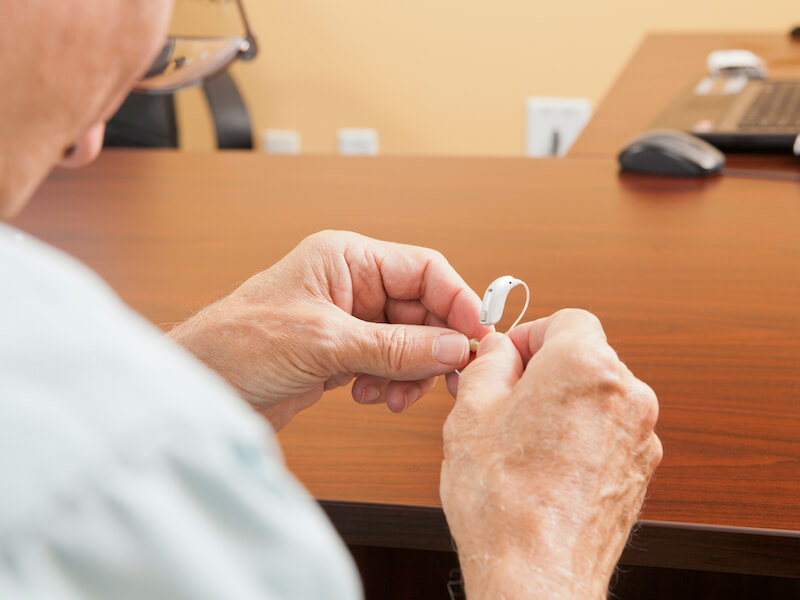
You take good care of your hearing aids. Cleaning them daily, you make sure they are safe and snug on their charger when you go to sleep.
Suddenly and discouragingly, your hearing aids aren’t working the way they used to. Fortunately, there are a few steps you can take to diagnose the problem. Not doing any further damage is your top priority so you won’t need to replace them.
Troubleshooting your hearing aid
Of course, when you first got your sweet new hearing aids, you made a point of storing the owner’s manual in a safe place. You’ll want to pull it out so you can use it for troubleshooting and, potentially, maintenance. Every model of hearing aid can be rather different so it’s essential to follow the manual’s guidelines.
On most models there are some other things you can check, here are a few:
- Keep your microphone clear: Check your hearing aid to see if anything is obstructing the microphone. Your hearing aid might feedback or simply fail to work if the microphone is obstructed.
- Check for noticeable damage: Does your hearing aid have any obvious loose components or cracks around its shell? Cracks, clearly, could indicate more extensive damage (or let in moisture).
- Check your battery: Even if you know your hearing aids charged all night, you’ll want to double-check the battery power. It may be a good plan to check if you might need new batteries or if the old ones are correctly inserted, especially if your batteries are replaceable.
- Wax buildup: Perform a visual check of your hearing aid to ensure that there’s no wax buildup interfering with standard functionality. Wax can accumulate quickly even if you clean your hearing aids regularly so make it a point to double check.
Once again you can find out how to deal with each of these concerns by referring to your owner’s manual. Self-maintenance is sometimes possible.
When does my hearing aid need repair?
If your hearing aid continues to malfunction after you’ve performed basic upkeep and troubleshooting, it’s likely that your hearing aid will need to be professionally repaired. That may not always sound desirable, after all, you depend on your hearing aid for daily communication (not to mention dinners with your family, staying up to date with your favorite Netflix series, and so on).
You won’t automatically be without your hearing aid for extended periods of time just because it needs to be repaired. In some cases, we can fix your hearing aid in office while you wait.
Or, you’ll be able to take your hearing aids in for professional help and get them back in just a few hours (this, of course, depends on the extent of the damage, all the more reason to get your devices in for repair as soon as you can).
But fast repair will not be possible in all cases. And in those cases, you may find yourself needing a backup set of hearing aids. Maybe you have an old pair that will do temporarily in a pinch. We may even be able to let you borrow a pair while you are waiting.
Get assistance with your hearing aids without delay
It’s crucial to get your hearing aid checked and repaired if you start to notice the sound quality is starting to falter.
You’ll want to try to avoid any downtime. Untreated hearing loss can affect your overall health, and that includes your mental health. And it becomes all too easy to leave your hearing aids laying in a drawer somewhere while your hearing continues to decline.
Keeping those hearing aids in excellent working order is the key to keeping your hearing healthy. And the best way to do that is to clean them, keep them charged, and, when needed, take your hearing aids to get some professional help.